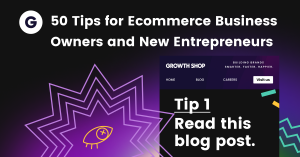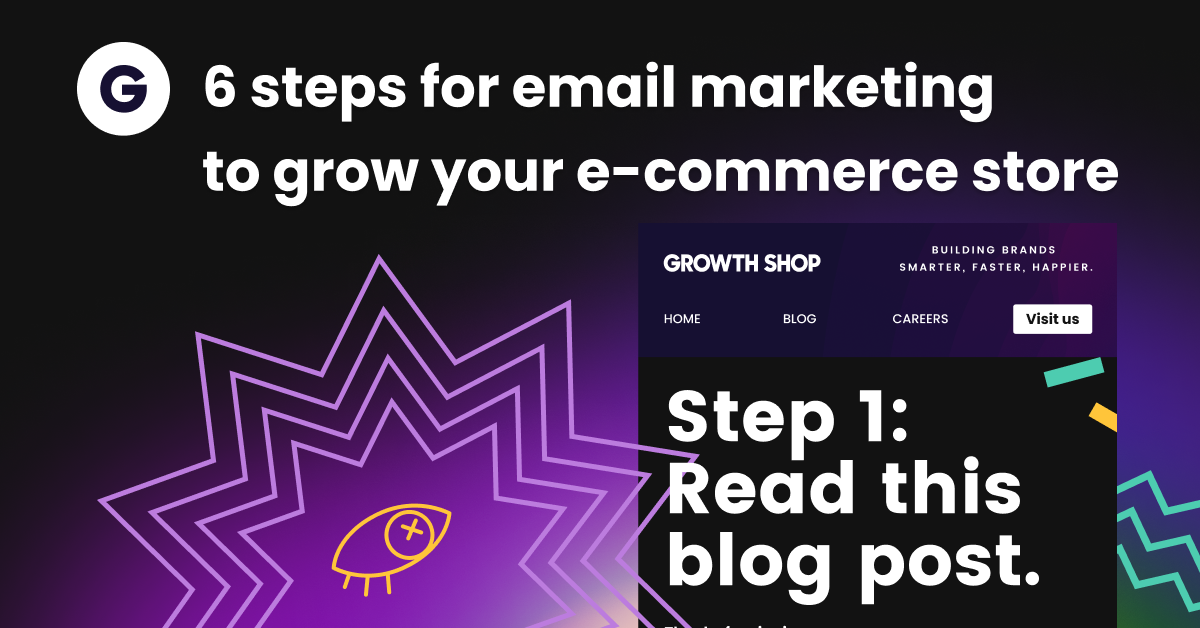
Does email marketing increase sales?
What if I said you could hit a 3,600% ROI on your ecommerce store just by using email marketing?
On average, email generates $36 for every $1 spent, making it the most powerful marketing channel. So, to those spreading rumours that “email is dead” – think again, my friend.
But how can you *actually* reach that top-level ecommerce growth or ROI? After generating over $1bn in ecommerce growth, we’ve nailed a 6-step process to scale DTC brands at record-breaking speed (our latest brand, Idle Sleep, scaled from $1m to $68m in 9 months). And today, we’re sharing our proven process to help you improve your email marketing and grow your ecommerce store to the moon.
The 6-Steps For Ecommerce Email Marketing:
- Define Your Audience
- Set Up Multiple Sign Up Sources
- Segment, Segment, Segment
- Make Content With A Purpose
- Automate & Schedule That Sh*t
- Define Your Goals
STEP 1: DEFINE YOUR AUDIENCE
From welcome flows to abandoned carts, every email you send should arrive in your customer’s inbox for a reason. If they don’t, you’re wasting money – it’s that simple. And defining that reason comes down to answering three questions:
- Who are they?
E.g. 35-year old earning over $60k/year who loves cycling - Where have they come from?
E.g. A Facebook Ad - What do they want?
E.g. The best handlebars on the market for their Canadian holiday.
(now say these questions in a Liam Neelson accent for extra emphasis).

So, let’s break down defining your ecommerce audience
A new customer is defined by ‘little or no knowledge of your product/brand’. Combine this with demographic data and you’re able to provide the most relevant products and offers because you know them.
However, for 65-year old Terry who gets stressed over iPads, he needs an easily accessible experience. Simplify your emails, use plain colours and make it feel as traditional as you can. Otherwise, your customer is going to lose their temper, FaceTime their son for technical support, and never return to your site again.
Define your audience for every ecommerce email campaign, and the results will speak for themselves. If you are not already, use tools like User Feel or Wynter to survey your target market and understand their wants and needs. Once defined, it’s your time to get them onboarded in the right way.
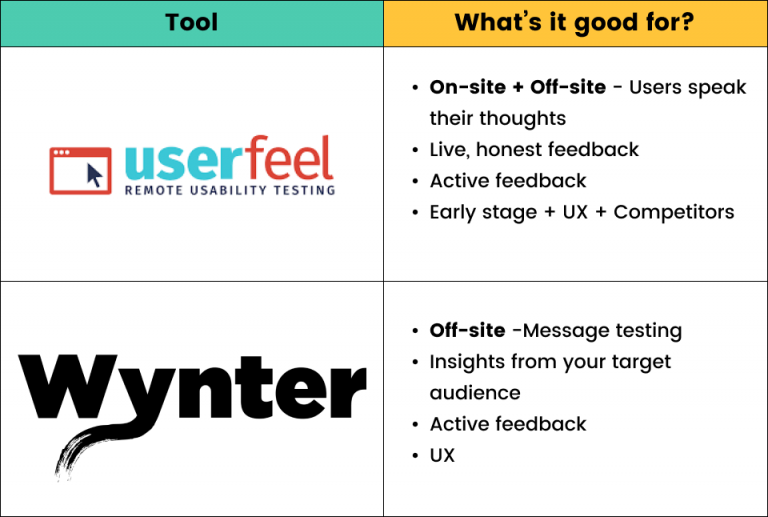
STEP 2: SET UP MULTIPLE SIGNUP SOURCES
Welcome to your best friend, the email opt-in or email capture process. If you give your customer the chance to sign up for your email list, you can deliver incredible value to them in exchange for some kind of monetary value from your ecommerce store. The right targeting with the right audience works wonders. Each type of email capture is good for different reasons but it depends on what YOU want and your end goal.Ask yourself
- Do I want new leads?
- Do I want a research opportunity?
- Have I re-targeted customers?
- Does this link to a referral program or some affiliate program?
- Do I have multiple segments to target?
Some of our most effective ecommerce email opt-ins or email captures include:
- Desktop sliders
- Lightboxes & Takeover Widgets
- Mobile Sticky Footers & Banners
- Quizzes & Polls
- Inline Widgets
- Share with a Friend Widgets
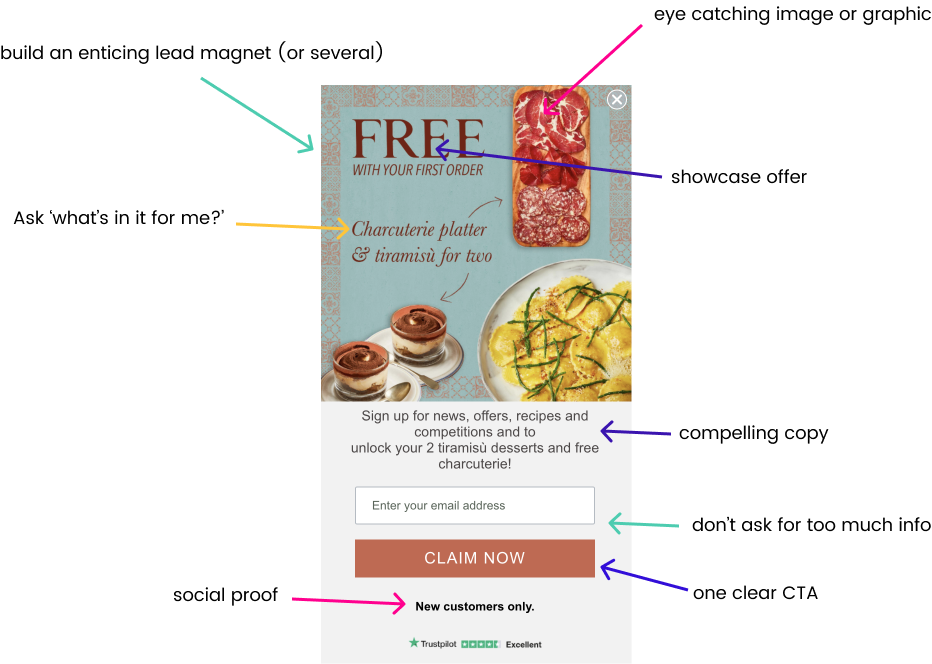
Here are four easy email opt-in best practices
- Ask yourself ‘what’s in it for me?’ Put yourself in your customers shoes. What value are they receiving in exchange for their email address?
- Target the right segments and at the right time. No one likes a bombardment of pop-ups, give them time to take it in.
- Stick to three input fields on your pop-ups. Any more and results start to dip e.g. name + email + extra info for segmentation.
- Your CTA is far more important than you think. Always make it compelling and on-brand.
STEP 3: SEGMENT, SEGMENT, SEGMENT
Marketers who use segmented campaigns see as much as a 760% increase in revenue, mainly due to improved open and click through rates. This is where that third input field on your email capture comes into play. If you boil it down, segmenting allows you to send relevant things to the relevant people. Let’s say you’re interested in buying a new jumper from Hugo Boss and you receive emails about tighty-whitey swim shorts. You’ll probably piss off down the pub and not come back to their site. This is failed email customer targeting at its finest.Top Tip: Start segmenting from the email capture at the very beginning of sign-up. For example, on a mattress brand’s sale pop-up, they could ask for a name, email and answer the question in the customer’s mind of why they need a new mattress.Real value to your customers is all about solving a problem or helping them satisfy a particular desire. This pointed question of trying to find out why they need a new mattress opens the opportunity for multiple segments e.g. back pain, better sleep & moving house. Just make sure you’ve set up the same segmentation properties on your email marketing tool – otherwise you’ll be in the sh*t.
Our Most Effective Ecommerce Email Marketing Tools
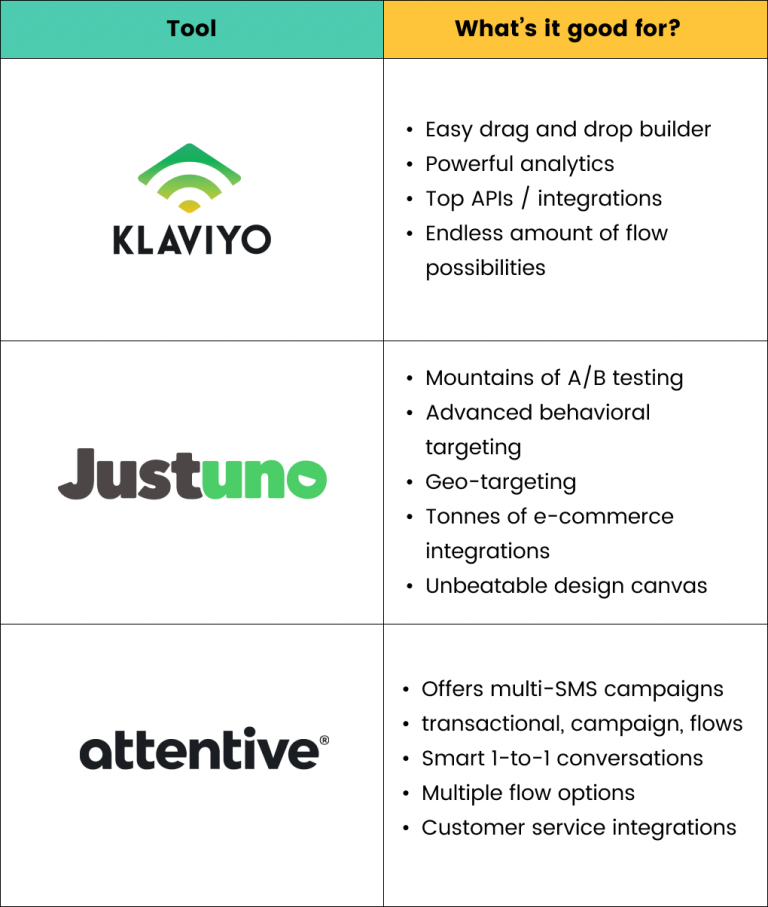
STEP 4: MAKE CONTENT WITH A PURPOSE
As you know, content (whatever it is) should always have a purpose. It needs to matter to your customer and enrich their day. But how can you find out what floats their boat?💡 Ask them or listen to them.
Surveys are great for active feedback, but if you’re looking to save on budget, passive feedback is just as good. Social media comments, customer service tickets and unsolicited reviews are really effective to find out what’s holding your customer back from purchasing. It also gives you the opportunity to find out what they’d like to know about your product or service. Once you know their concerns or their desires, it’s time to get creative. There are so many different angles you can use for purposeful content. Here are some of our favourite examples of purposeful content:- How To Guides
- Care Tips
- Best Ways To Enjoy
- Comparisons
- Life Hacks
- Referral Incentives
Sign up to our mailing list today to receive a free download
of our complete ecommerce email checklist.
This checklist has helped us increase CTR by up to 350% for multiple brands by
knowing how to engage with our customers and deliver the right value at the right time.
And the best part is that it can work for you too!
The higher your score, the better your email marketing should perform.
Get the immediate score you need to start scaling your ecommerce store!
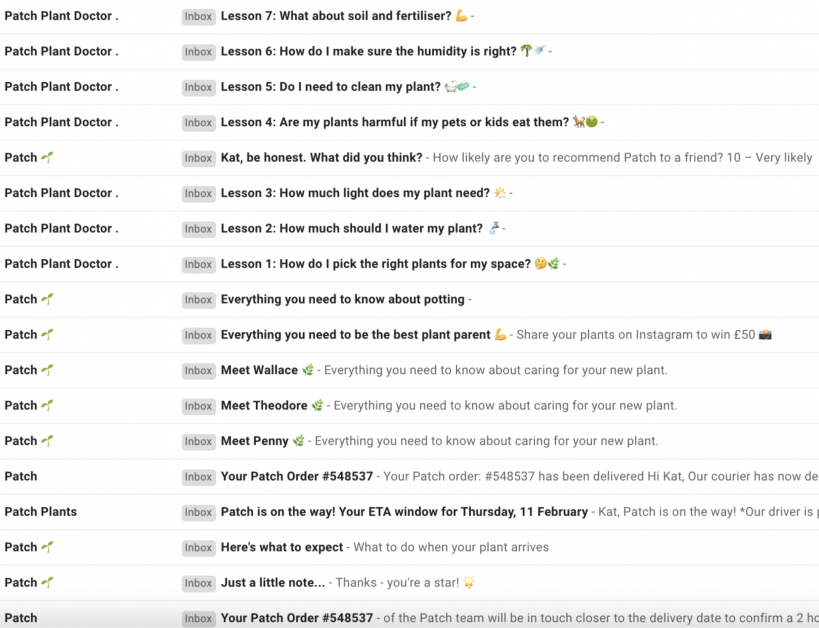 But with all this additional content, how the hell are you supposed to keep track of it all?
But with all this additional content, how the hell are you supposed to keep track of it all?
STEP 5: AUTOMATE AND SCHEDULE THAT SH*T
If email automation isn’t already your go-to, then make it. You can take the stress and manual work out of email marketing so you’ve got more time for the good stuff. We like to break it down into three simple steps (as you can tell, we love a step):- Make it
- Set it
- Leave it
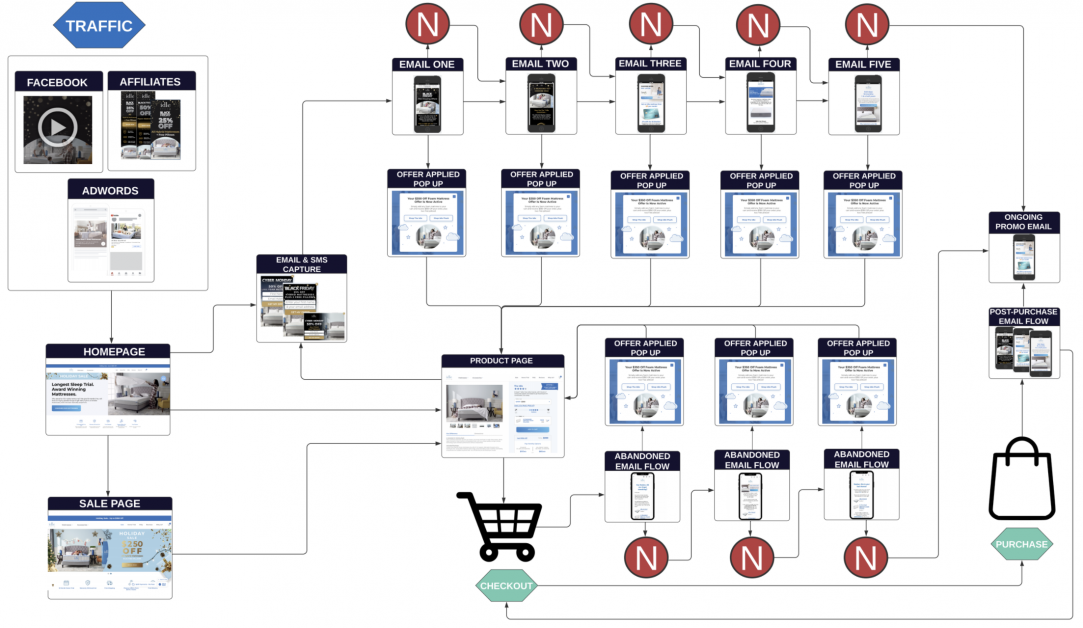 Most email marketing tools also allow you to create a content calendar. If you’re the type of person to get overwhelmed with a million thoughts at once, this feature is vital for both success and your sanity.
Most email marketing tools also allow you to create a content calendar. If you’re the type of person to get overwhelmed with a million thoughts at once, this feature is vital for both success and your sanity.
STEP 6: DEFINE YOUR GOALS
You might think defining your goals on step 6 is too late, but by this point, you’re actually in the best position to set your goals. Why? Because you’re confident about:- Who your customers are
- How they’re signing up
- What content they’ll receive
Top Tip: Wait at least 2 weeks before analysing the results – 2 weeks is the minimum amount of time to get substantial numbers. You can then analyse, review, prioritise and action any new versions, ideas or A/B tests to improve your emails across the board.Now you’re ready to nail your email marketing with a proven 6-step process which you can plug-and-play into your strategy tomorrow. Remember, testing everything you do is vital for success and is at the heart of growth marketing. It’s how we’ve driven over $1bn in ecommerce growth, so we must be doing something right.
Enjoy this post?
Head over to The Talking Shop for more juicy content like this.
Plus, gain access to The Growth Shop Show – the first ‘no-bullshit’
ecommerce podcast about scaling your business to the moon.
Sign up for early access today and receive our
actionable growth roadmap, worth $320, completely free!
For any more advice on email marketing or growing your ecommerce business, don’t be shy to drop us an email at enquiries@growth.shop and we’ll always be happy to help. And if you’d like us to help you scale to $5m, $10m, $15m and beyond, fill in our contact form below and we’ll start the convo shortly.

